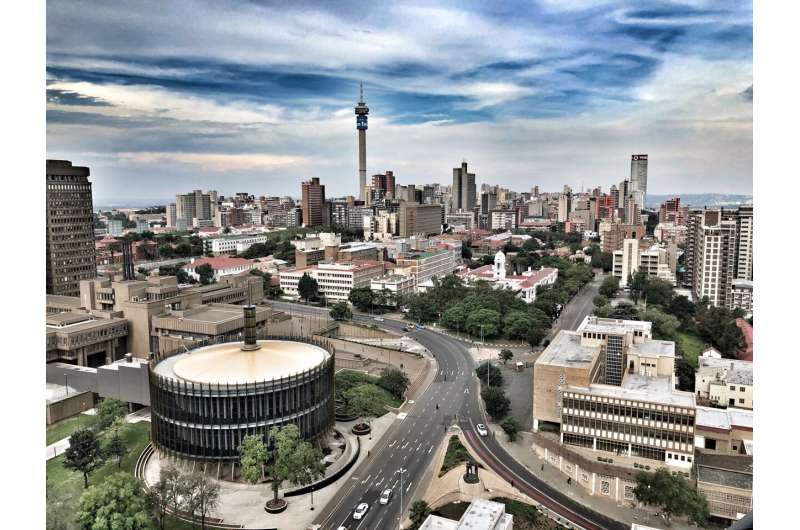
South Africa is making efforts to increase the use of solar photovoltaic energy. But it's happening at a very slow pace.
Solar photovoltaic contributes less than 5% to the country's energy mix, despite the sunny climate, which is very favorable for solar photovoltaic energy generation. So far, less than 10% of households have started using solar photovoltaic power regularly, though evidence suggests rapid uptake in the last few years with a 349% increase in rooftop solar PV capacity from 983MW in March 2022 to 4412MW in June 2023.
South Africa urgently needs to change this. It is highly dependent on coal fired power stations—about 85% of power is derived from fossil fuels. In addition, for the last decade it has faced increasingly severe power cuts. The rapid adoption of solar power could alleviate the pressure.
The government has taken steps to improve the situation. In its 10-point energy plan, published in 2022, it relaxed the requirements needed for private power generation. The government also introduced tax rebates for solar panel installations starting from March 2023.
As environmental scientists who focus on sustainable energy and household energy consumption, we conducted a scoping review to examine the barriers to household solar adoption in South Africa.
We grouped the key problems we found into financial, personal, institutional, technical and societal barriers.
We concluded that without addressing these problems, home solar power will remain a source of energy for the economically privileged only. Transitioning away from coal-fired power to renewable energy will remain a pipe dream in the country with the highest income inequality in the world.
Financial barriers
Our review found that financial barriers were the main reason many households had not adopted solar photovoltaic energy.
Electricity price increases that are meant to fund the state owned electricity company Eskom are hitting low-income families hard. But switching to solar is too expensive for this cohort of South Africans. The current solar rebate refunds homeowners in South Africa 25% of their new panel costs to a maximum of R15,000 (about US$826). Without upfront financial support, start-up and maintenance costs are quite high.
Poor households cannot get solar loans because they do not have assets as collateral. Similar barriers have also been reported in countries like Pakistan, Nigeria, Uganda and other developing countries where the high initial costs of solar energy make it hard for people to switch.
Personal barriers
Personal barriers also contribute to low adoption of solar photovoltaic among households. We found a number of examples:
- A lack of knowledge. Little solar photovoltaic information is available. For example, some social housing households received solar water heaters but were not trained in how to use them. Eventually they broke down, which caused disappointment and frustration, and scared off other people who wanted to install solar geysers.
- A negative perception of solar photovoltaic energy. Some households perceived it as a weak form of energy which would not meet all household needs.
This article is republished from The Conversation under a Creative Commons license. Read the original article.![]()
Citation: Home solar systems in South Africa: more will be installed if households are given loans, free maintenance and security (2024, June 7) retrieved 7 June 2024 from https://techxplore.com/news/2024-06-home-solar-south-africa-households.html
This document is subject to copyright. Apart from any fair dealing for the purpose of private study or research, no part may be reproduced without the written permission. The content is provided for information purposes only.
